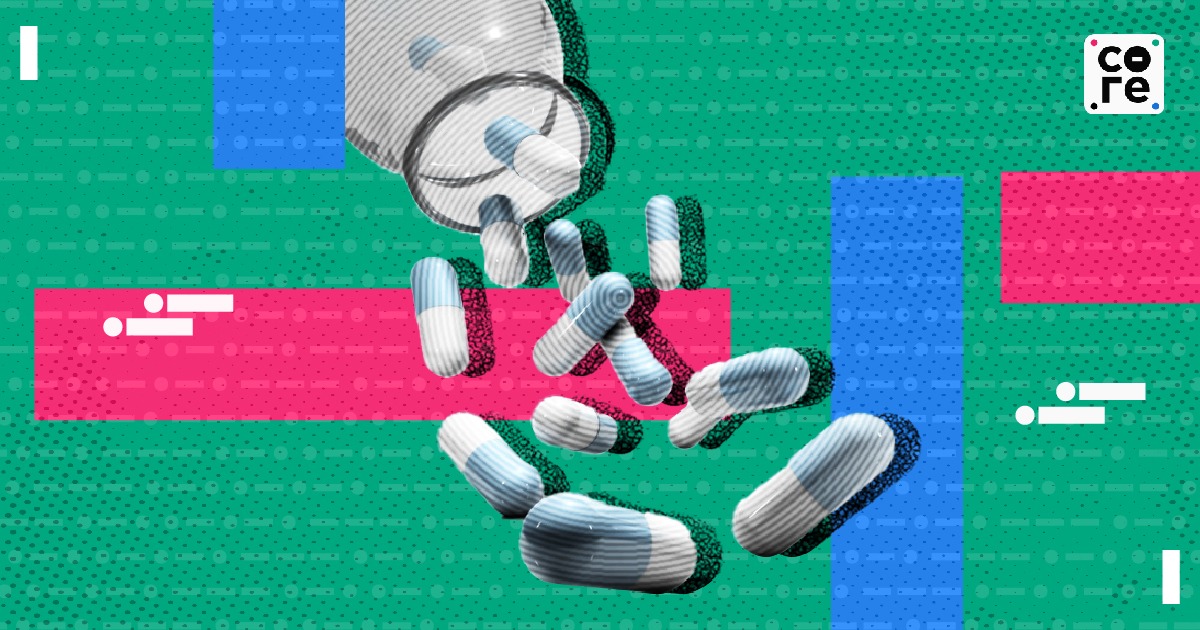
- Home
- Top Stories
- Why Are FDC Drugs Banned And Why Did...
Why Are FDC Drugs Banned And Why Did They Exist At All?
29 Jun 2023 5:30 PM IST
The centre banned 14 fixed-dose combination (FDC) medicines in India stating an absence of "therapeutic justification" for these medicines and the potential "risk" they pose to people.
However, this isn't the first time the government has released such a notification. In 2016, the government had announced a ban on the manufacture, sale and distribution of 344 FDCs after the recommendation of an expert panel set up at the behest of the Supreme Court of India.
The panel had said that these drugs were being sold to patients without scientific data. This was subsequently challenged by the manufacturers in the Delhi High Court. The 14 banned FDCs are part of those 344 drug combinations.
What are FDCs & why is it commonly used?
FDCs are a mix of two or more drugs packed in a single dose. India tops in this sector with over 6,000 FDCs. Doctors and patients across India have used certain FDCs for decades.
Some of the banned FDCs are nimesulide paracetamol dispers...
The centre banned 14 fixed-dose combination (FDC) medicines in India stating an absence of "therapeutic justification" for these medicines and the potential "risk" they pose to people.
However, this isn't the first time the government has released such a notification. In 2016, the government had announced a ban on the manufacture, sale and distribution of 344 FDCs after the recommendation of an expert panel set up at the behest of the Supreme Court of India.
The panel had said that these drugs were being sold to patients without scientific data. This was subsequently challenged by the manufacturers in the Delhi High Court. The 14 banned FDCs are part of those 344 drug combinations.
What are FDCs & why is it commonly used?
FDCs are a mix of two or more drugs packed in a single dose. India tops in this sector with over 6,000 FDCs. Doctors and patients across India have used certain FDCs for decades.
Some of the banned FDCs are nimesulide paracetamol dispersible tablets (used for relieving pain and inflammation), amoxicillin bromhexine (for respiratory tract infection), and chlorpheniramine maleate codeine syrup (used for the common cold), among others.
CNBC TV18 reported that popular cough syrups such as Glenmark's Ascoril C and Mankind's Codista were taken off the market in light of the ban.
FDCs became popular because they involve popping fewer pills, cheaper cost and better individual compliance.
The patient experiences less discomfort, as they only have to swallow one pill rather than two at a time, Dr Rajeev Jayadevan, a gastroenterologist and former president of the Cochin Chapter of the Indian Medical Association told The Core.
However, not every combination of medicine can be considered scientific or safe, therefore regulations are required, and periodic updates are part of ongoing quality improvement, he added.
"It Is noteworthy that commonly used herbal based medications contain dozens of active ingredients, for instance alkaloids, flavonoids and polyphenols. In other words, the presence of two or more ingredients doesn't necessarily mean a product is unsafe, as long as scientific rationale, standardisation and quality checks are in place," said Dr Jayadevan.
How do FDCs enter the market?
There are two regulators: the central drug controller and the state drug controllers. If there is a new molecule that has been introduced in India, the central drug controller either Drugs Controller General of India (DCGI) or Central Drugs Standard Control Organisation has to approve it, a pharmacologist on condition of anonymity told The Core.
Suppose there is a molecule that already exists in the country and a drug company decides to manufacture it, it need not go through the central drug controller. Many of these FDCs are a cocktail of old molecules which are already approved by the central drug authority. The approval is done through the state because the molecule used in the medicine is a familiar one.
Ideally, no one should be put on more than five drugs. But it's noticed that there is more compliance or taking medications if there are fewer drugs. The only advantage is in terms of compliance but that does not eliminate the problem of why there is a problem in the first place; the problem of many drugs in one dose. We are trying to sort out a problem which we as a society have manufactured, the pharmacologist explained.
What are the major problems with FDCs
According to a study published in the National Center for Biotechnology Information, some of the main issues that arise due to the lack of regulations is a pharmacodynamic mismatch between the two types of drugs in combination, one drug having an additive effect leading to reduced efficacy or enhanced toxicity, both drugs having a peak efficacy at different times, chemical incompatibility leading to decreased shelf life, etc.
Way Forward
There is a lack of knowledge, understanding and practical application when it comes to FDCs. Many of the World Health Organization's principles are totally against FDCs unless it is a chronic condition like tuberculosis, where you have to take all four drugs. This is a rare instance where an FDC is required, the pharmacologist confirmed.
Ideally, it is better to manufacture and sell these medicines separately and not in fixed combinations unless there is a clear advantage like TB medications.
Murali Neelakantan, a lawyer who has worked as global general counsel with brands like Cipla and Glenmark Laboratories in the past, too echoed this view during The Core's podcast interview with Govindraj Ethiraj on June 5, 2023. He said, "I think we'll have to look at it like the Western world does, which is that each drug has to be looked at separately, certain combinations if you want to have them, you have to justify them from a medical standpoint, but it is better to do them separately."

